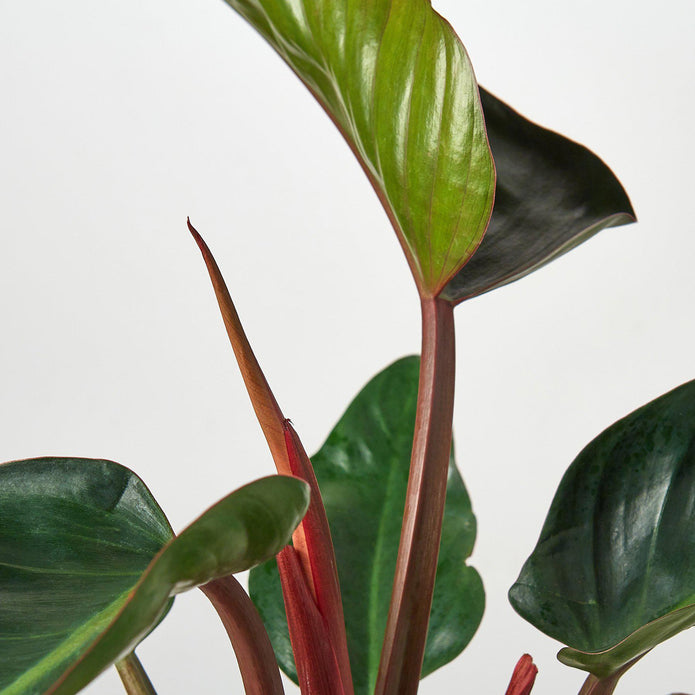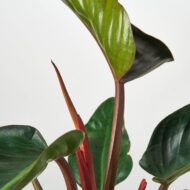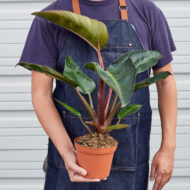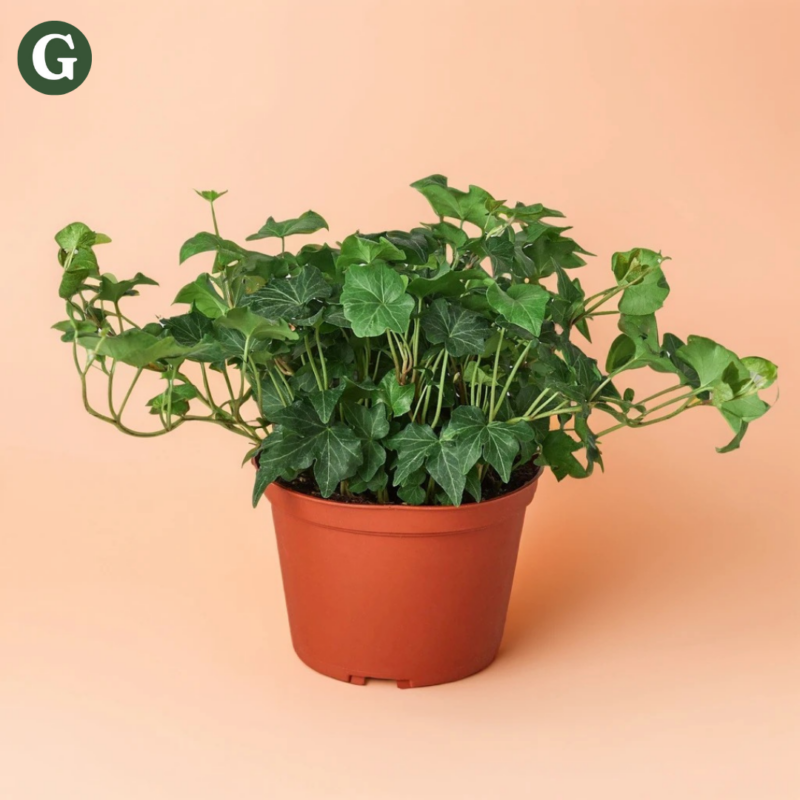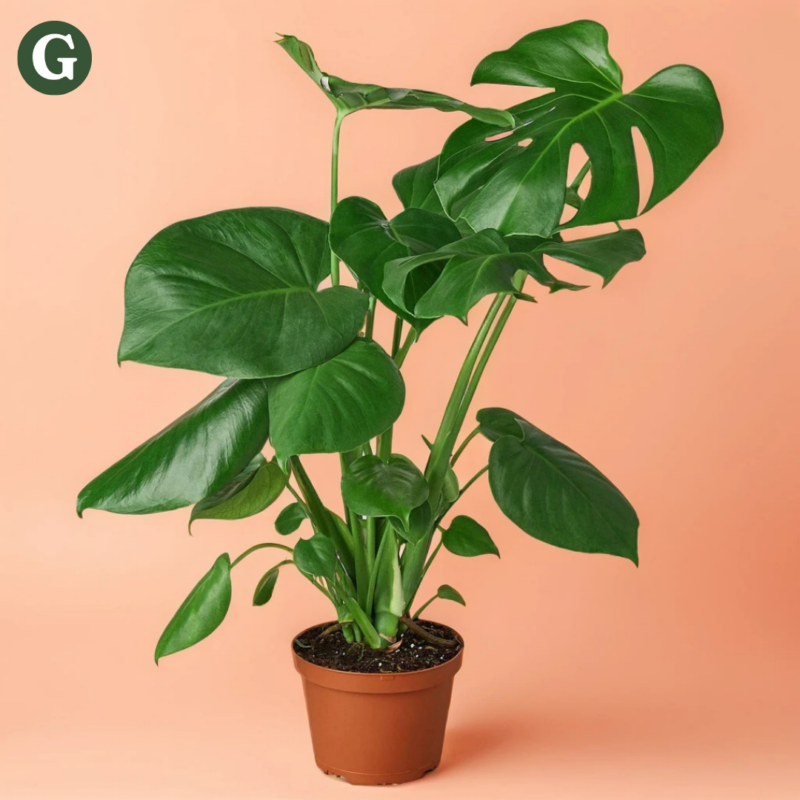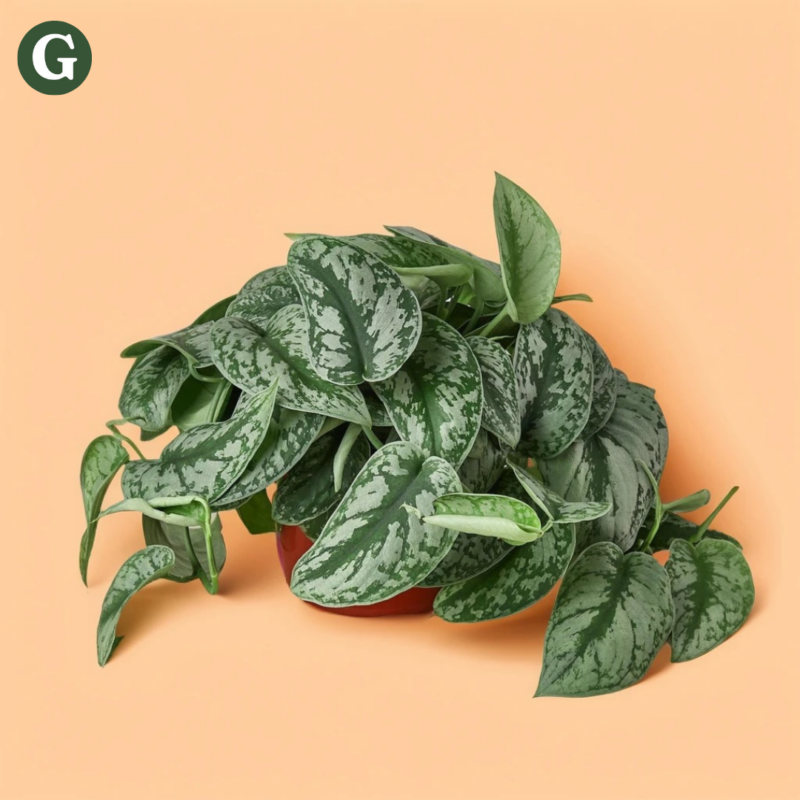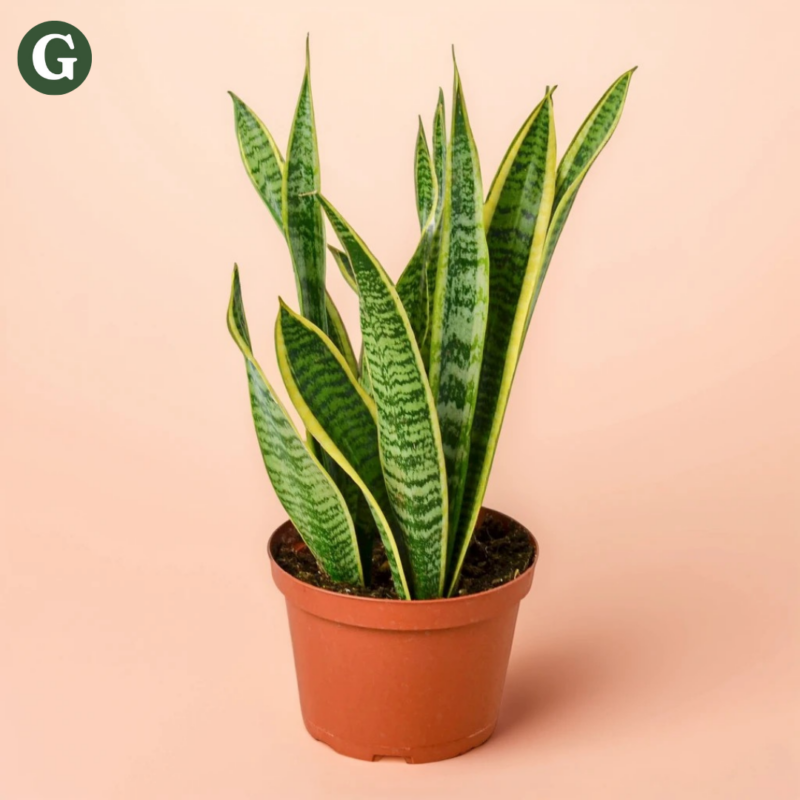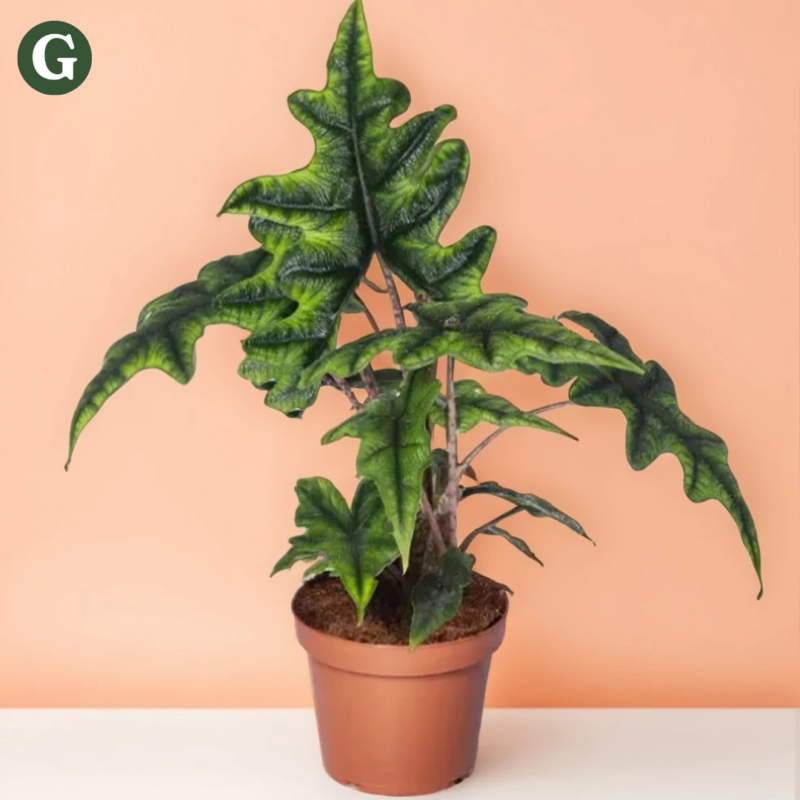Philodendron Congo Rojo
Botanical Name: Philodendron 'Conjo Rojo'
Common Name(s): Conjo Rojo Philodendron, Red Conjo Philodendron
The Philodendron Conjo Rojo is a stunning and unique variety known for its striking foliage and bold color changes. This plant’s young leaves emerge a deep red or burgundy, gradually maturing into a rich green as they age. The vibrant red coloration on the new leaves makes it an eye-catching addition to any indoor space. The plant’s broad, glossy leaves add a tropical vibe, and its compact, upright growth habit makes it ideal for both tabletop and floor displays, reaching a height of of 2 to 4 feet.
Native to tropical regions, the Conjo Rojo thrives in bright, indirect light, which helps to enhance the red coloration of its young leaves. It can tolerate lower light conditions but may not show its full vibrancy without sufficient light. Adequate light in crucial to maintaining the reddish hue coloration. This variety prefers well-draining, slightly acidic to neutral soil and should be watered when the top inch of soil feels dry. It is important to avoid overwatering to prevent root rot, as this can damage the plant. Like other tropical plants, it enjoys moderate to high humidity, so placing it in a humid environment or using a humidity tray can help promote optimal growth.
Air Purifying Qualities:
- Toxin Removal: The Philodendron Conjo Rojo is effective at removing common indoor toxins such as formaldehyde, benzene, and xylene, contributing to cleaner and healthier air in your home.
- Oxygen Production: Like many Philodendrons, it absorbs carbon dioxide and releases oxygen, improving the air quality of your living space.
- Humidity Regulation: The Conjo Rojo naturally helps raise humidity through transpiration, which can be beneficial in dry indoor environments.
Note: The Conjo Rojo is toxic to pets (cats and dogs) if ingested. Keep this plant out of reach of curious pets and children.
Care Insights & Expert Tips
- Fertilize regularly: Feed your plant with a balanced liquid fertilizer diluted to half strength every 4 weeks during the spring and summer season.
- Monitor for pests: Keep an eye out for common houseplant pests like mealybugs and spider mites. Treat infestations promptly with insecticidal soap or neem oil.
- Avoid Cold Drafts: This Philodendron prefers warm, consistent temperature. Avoid sudden reduced temperatures changes.
- Repotting: Repot every 1-2 years or when the plant becomes root-bound. Use a well-draining potting mix, such as peat-based or general houseplant mix, and select a pot that’s just 1-2 inches larger than the current one.

Visit our plant care library
Find essential tips to keep your plants thriving, vibrant, and healthy.

